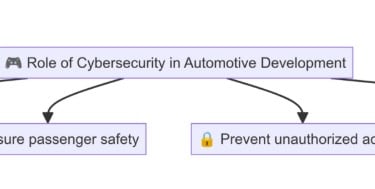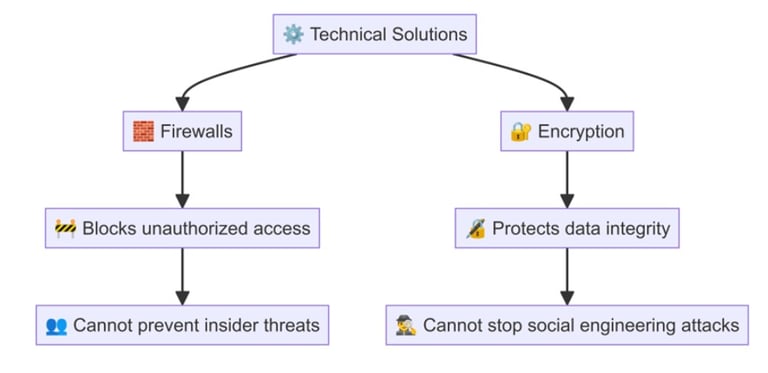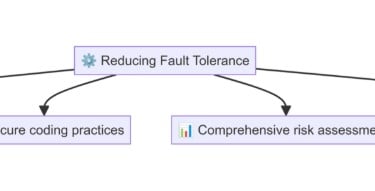Cybersecurity in Automotive Development: Beyond Binary, Focusing on Reducing Fault Tolerance
In the field of cybersecurity, there's a common misconception that it merely involves creating a digital fortress with robust firewalls and encryption. This oversimplification reduces cybersecurity to a binary concept, where systems are either deemed secure or insecure. However, in the context of automotive development, cybersecurity should be viewed as an ongoing process rather than a fixed state. The objective is not to achieve perfect security but to continuously reduce vulnerabilities through a collaborative effort involving multiple stakeholders. By thoroughly understanding and addressing vulnerabilities across the entire system, the overall risk associated with system failures can be significantly minimized.
AUTOMOTIVE CYBERSECURITYAUTOMOTIVE OTAISO/ SAE 21434AUTOMOTIVE FUNCTIONAL SAFETYVEHICLE SECURITYVEHICLE CYBERSECURITYECU CYBERSECURITYAUTOMOTIVE ECU CYBERSECURITYMICROCONTROLLER CYBERSECURITY SECURITY
AutoSec Team
2 min read
The significance of cybersecurity in the development of automotive technology has evolved. Modern vehicles have added features such as connectivity to other electronic devices, creating potential vulnerabilities to cyber-attacks. This could compromise the safety and reliability of vehicles and pose significant risks. Hence, there is a need for robust cybersecurity measures to ensure the safety of both the vehicle and its passengers from these threats.


Limitations of Technical Solutions While technical solutions are crucial for cybersecurity, they have their limitations. For example, firewalls and encryption can protect a system from certain threats, but they cannot address every vulnerability. A firewall might block unauthorized access, but it cannot prevent internal threats or social engineering attacks. Therefore, relying solely on technical solutions is insufficient; a comprehensive approach that includes hardware, software, and human factors is necessary.


Reduce Fault Tolerance
Even if a part of the system fails, it continues to operate effectively. In automotive development, reducing fault tolerance implies creating systems that are less likely to fail when facing unexpected issues. By adopting a holistic cybersecurity approach, organizations can tackle vulnerabilities present throughout their system. This approach includes tasks such as updating and patching, secure coding, thorough risk assessment, and preparing for incident response. Decreasing fault tolerance implies building a system that is entirely resistant to all potential threats, thereby enhancing the reliability and safety of the overall system.


Examples of Holistic Cybersecurity Implementation
Numerous comprehensive cybersecurity implementations can take place in automotive development to lower fault tolerance.
Employee training programs on understanding and addressing cyber threats.
TARA is utilized to identify and resolve potential vulnerabilities throughout the vehicle’s lifecycle.
Practices are established at every stage, from design to decommissioning.
Sharing information among stakeholders strengthens collective defense mechanisms.
Regular cybersecurity audits ensure adherence to rigorous security standards. This aligns with the guidelines of ISO 24089 and ISO/SAE 21434, which advocate for the integration of cybersecurity into the entire automotive development process.
AutoSec Innovation
Driving Innovation, Securing Tomorrow
Quick Links
Contact Us
info@Autosecinnovation.com
+91-7207205928
© 2025. All rights reserved by AutoSec Innovation Private Limited
#Devparwa, Balliparwa Mirzapur Uttar Pradesh 231001
#Koburger Strass Köln Germany
+49-15171229848
